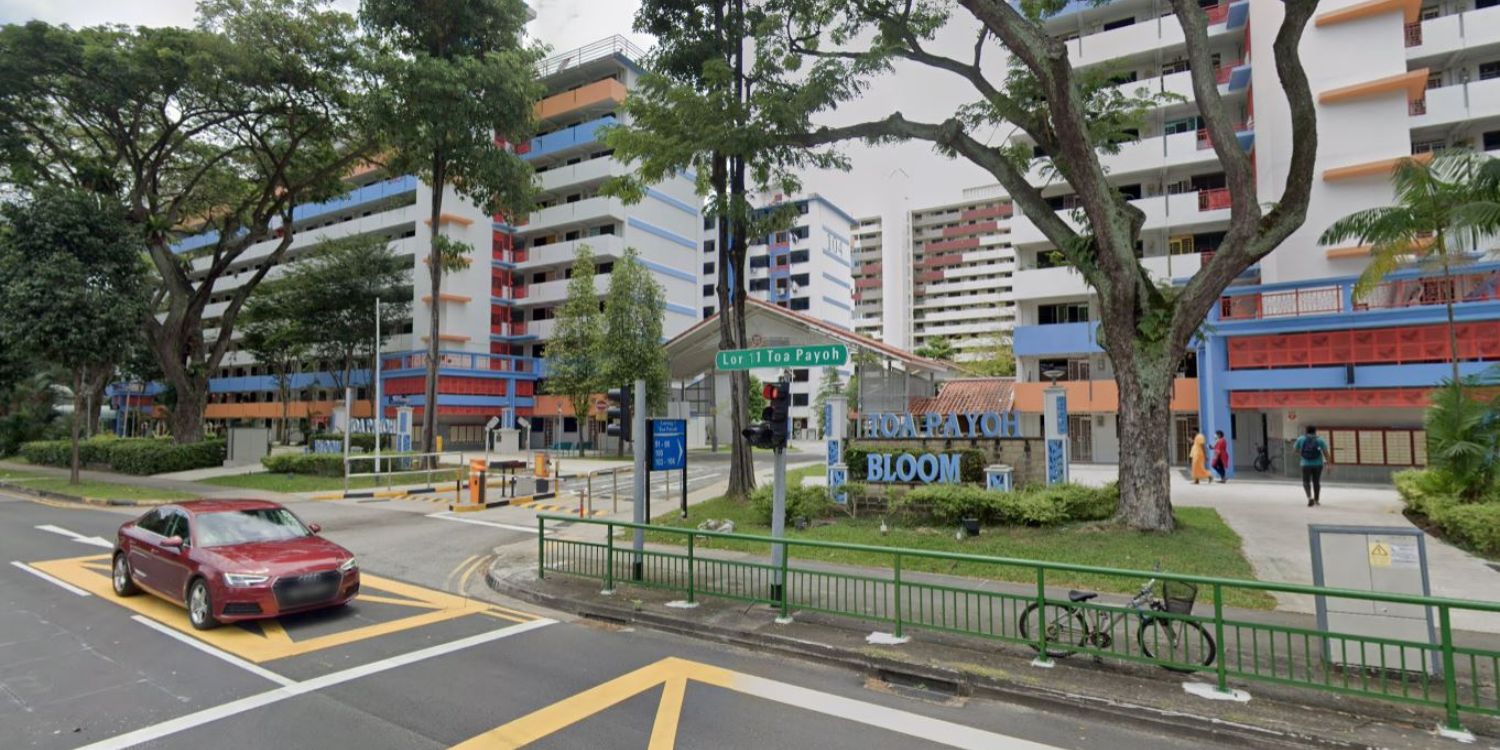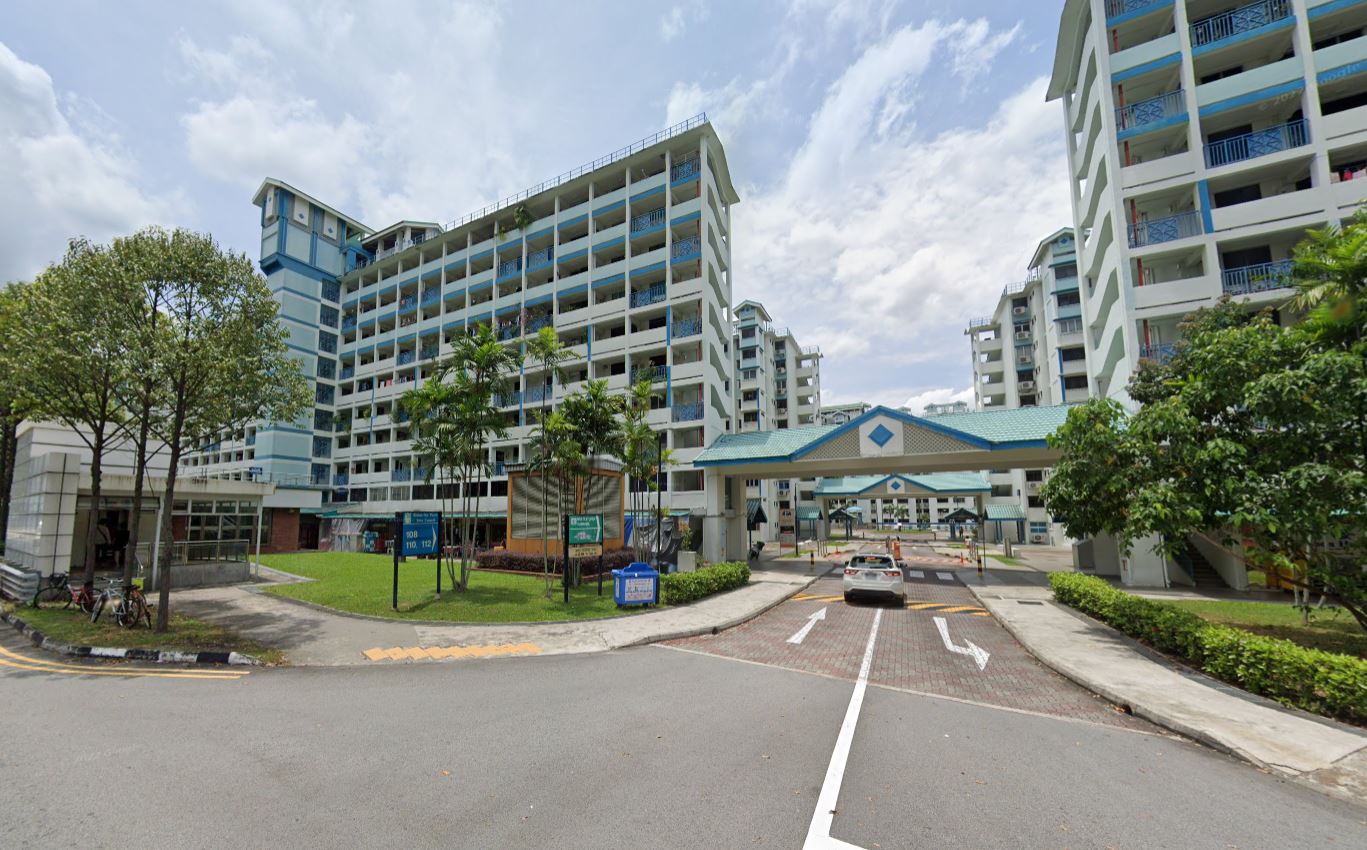NEA Reports 13 Large Dengue Clusters Across Singapore
The National Environment Agency (NEA) has urged the public to take immediate action following a recent increase in large dengue clusters.
The agency stated that the largest of these clusters are found in Toa Payoh, Sin Ming, and Bukit Timah.
To prevent a surge in dengue cases, they’ve asked residents to diligently remove stagnant water.
Additionally, they’ve encouraged the public to carry out the ‘S-A-W’ actions.

Source: NEA
48 active dengue clusters in Singapore as of 5 Sep
On 6 Sep, the NEA released a statement reporting the recent number of dengue cases.
It stated that over 6,200 dengue cases have been reported in Singapore as of Tuesday (5 Sep).
The agency then noted that there is a risk of a surge in dengue cases as Dengue virus serotype 1 (DENV-1) gains dominance.
This occurs “against a backdrop of high weekly dengue cases, several large and persistent dengue clusters, and high Aedes mosquito populations in many places”, said the NEA.
In Singapore, there are currently 48 active dengue clusters — of which 13 are large clusters.
Toa Payoh is one of the dengue hot spots with 319 cases at Lorong 1 and Lorong 2.
Meanwhile, Lorong 1A Toa Payoh has 177 reported dengue cases.
The NEA also flagged the 66-case cluster at Angklong Lane in Sin Ming and the 44-case cluster at Eng Kong Road in Toh Tuck.
Public urged to take immediate action
The report said that within the cluster areas, NEA officers detected about 68% of Aedes mosquito breeding in homes.
On the other hand, they found 29% of mosquito breeding in public areas, 1% at construction sites, and 2% at other types of premises.
As such, the agency has urged everyone to prevent mosquito breeding.
NEA reminded residents to regularly practise the B-L-O-C-K steps consisting of the following:
- Break up hardened soil
- Lift and empty flowerpot plates
- Overturn pails and wipe their rims
- Change water in vases
- Keep roof gutters clear and place BTI insecticide inside
By doing so, they will do their part in suppressing the Aedes mosquito population.
Have news you must share? Get in touch with us via email at news@mustsharenews.com.
Featured image adapted from Google Maps, for illustration purposes only.

Drop us your email so you won't miss the latest news.










